Spiders may be small, but their reputations loom large—especially when they’re packing venom that can paralyze prey, cause severe reactions, or, in some cases, prove fatal to humans. These eight-legged assassins are found all over the world, often lurking in places you least expect. From household invaders to stealthy hunters, these are the deadliest spiders that remind us why arachnophobia is entirely justified.
1. Brazilian Wandering Spider

Known as the “banana spider” because it’s often found in banana shipments, the Brazilian wandering spider holds a Guinness World Record for being the most venomous spider. Native to South America, its bite delivers neurotoxins that can cause intense pain, paralysis, and even death. What makes it terrifying? It’s aggressive and doesn’t stay in one place, wandering into homes, cars, and even shoes.
2. Sydney Funnel-Web Spider
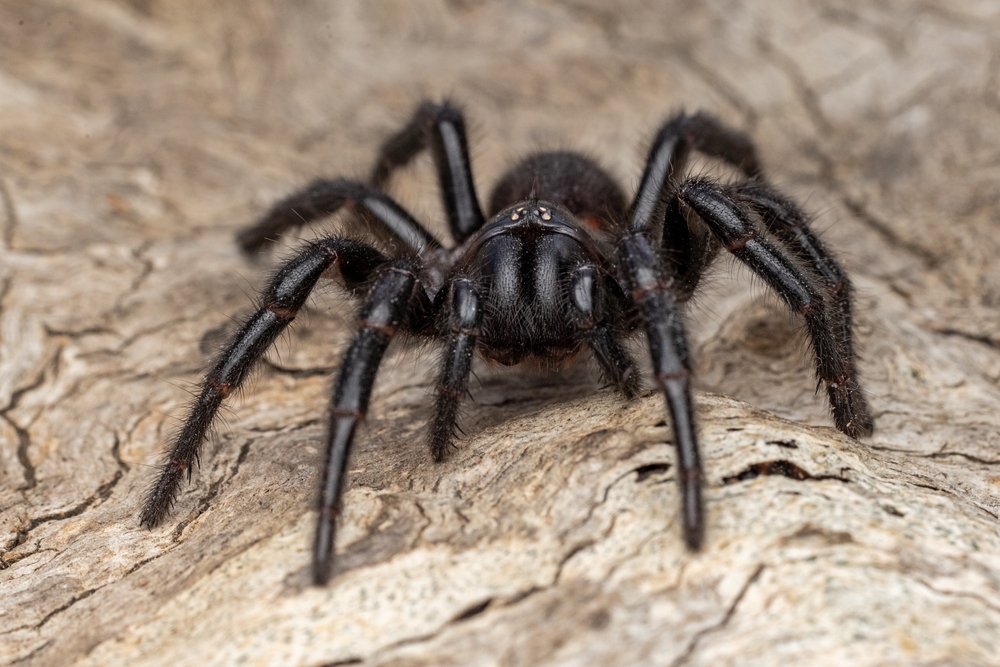
The Sydney funnel-web spider is a true terror of the Australian outback. Its venom, loaded with atracotoxin, can kill a human within 15 minutes. This spider’s aggressive nature only amplifies its danger—it’s known to rear up and bite repeatedly if provoked. Fortunately, antivenom has drastically reduced fatalities, but its reputation as one of the deadliest spiders remains unshaken.
3. Brown Recluse
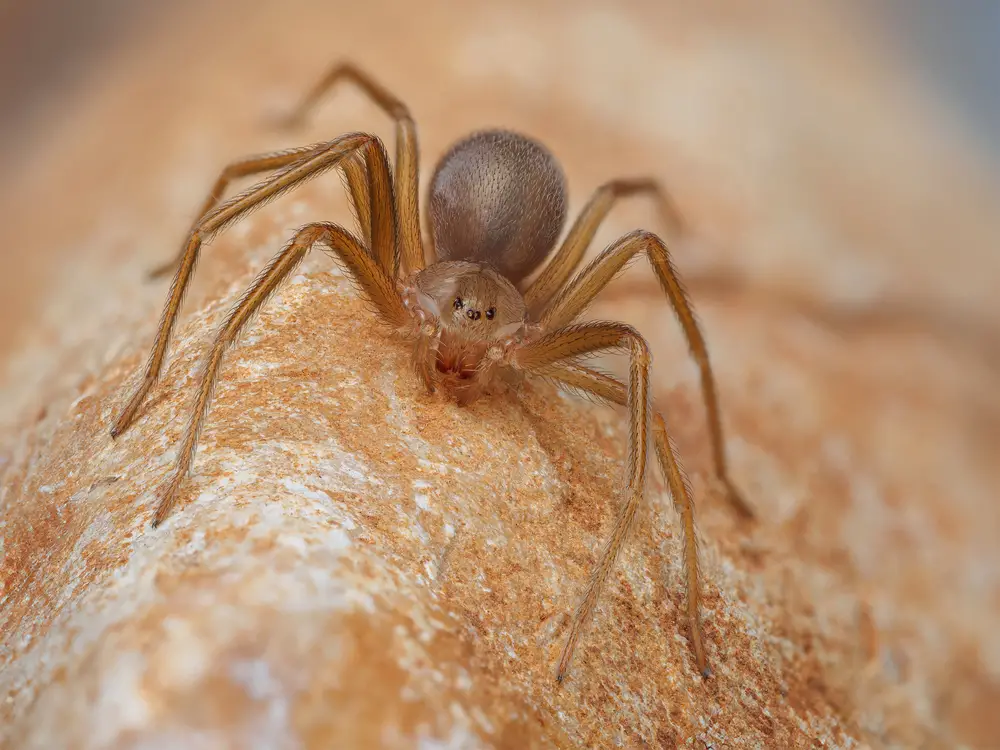
The brown recluse, often nicknamed the “violin spider” due to the violin-shaped marking on its back, is a stealthy predator found in the United States. Its venom contains necrotic properties that can cause severe tissue damage, leading to ulcers and long recovery times. While it’s not aggressive, accidental encounters—like finding one in your bedding or clothes—make this spider a hidden menace.
4. Black Widow
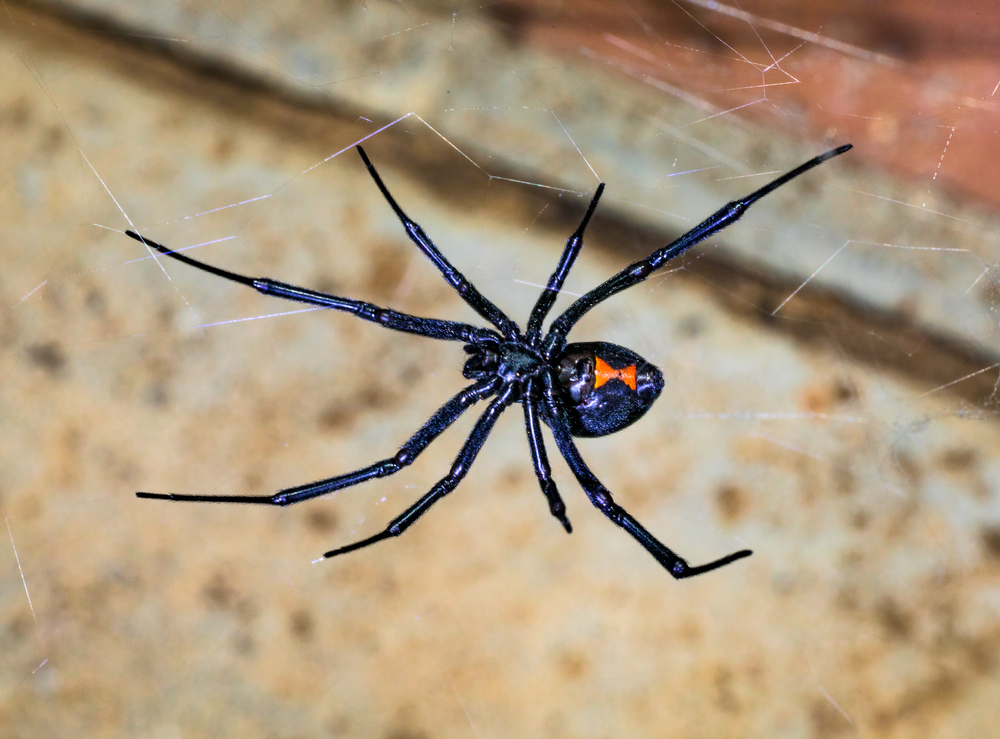
With its iconic red hourglass marking, the black widow is both recognizable and infamous. Found across the globe, its venom contains latrotoxin, which attacks the nervous system, causing muscle pain, cramping, and sometimes life-threatening reactions. Females are the most dangerous, and while fatalities are rare, their bite is far from harmless, leaving victims in agonizing discomfort.
5. Six-Eyed Sand Spider
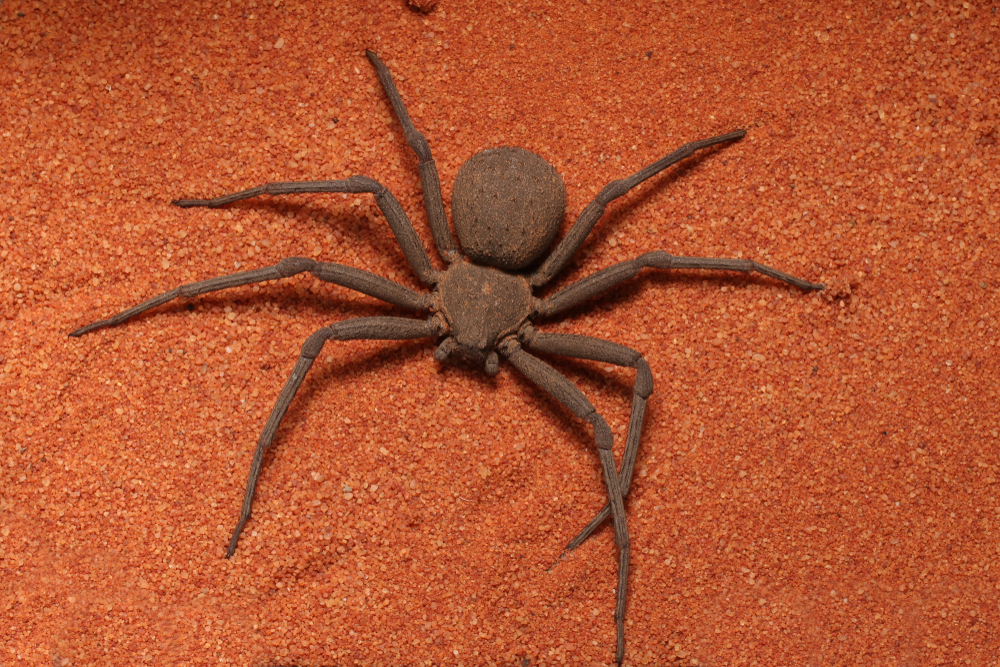
Native to deserts in Africa and South America, the six-eyed sand spider is a master of camouflage. It buries itself under the sand and waits to ambush prey. Its venom contains necrotic toxins similar to the brown recluse but is far more potent, capable of killing small animals and potentially humans. Its reclusive nature makes bites rare, but its lethality is undeniable.
6. Redback Spider
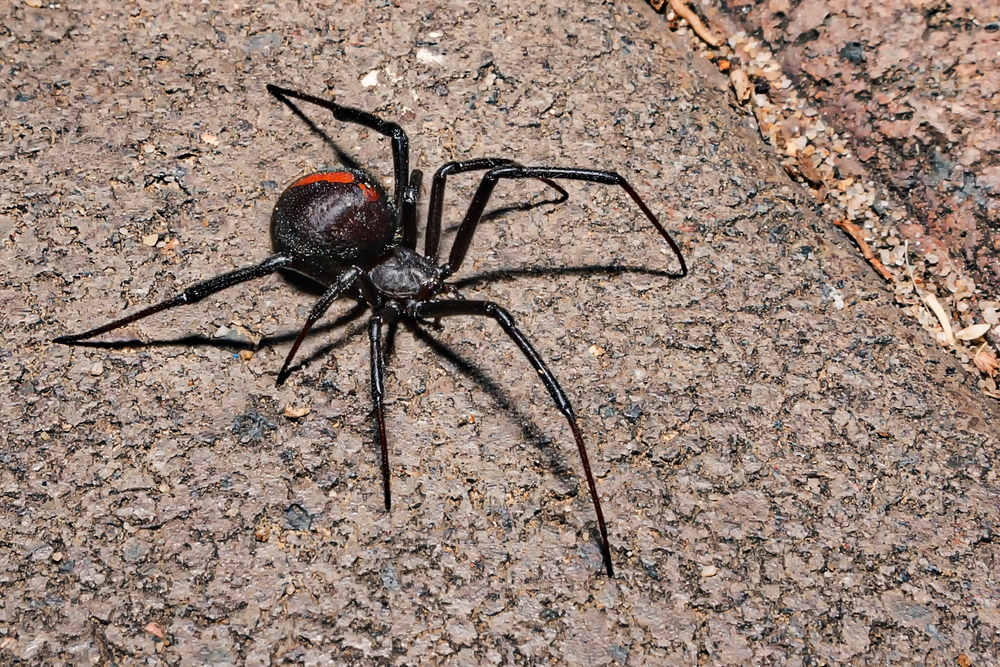
A close relative of the black widow, the redback spider is a notorious Australian native. Its venom can cause severe pain, sweating, and nausea, often referred to as “latrodectism.” These spiders often lurk in dark, sheltered spaces like garages and sheds. While antivenom exists, redback bites are still a frequent cause of hospital visits in Australia.
7. Chilean Recluse Spider
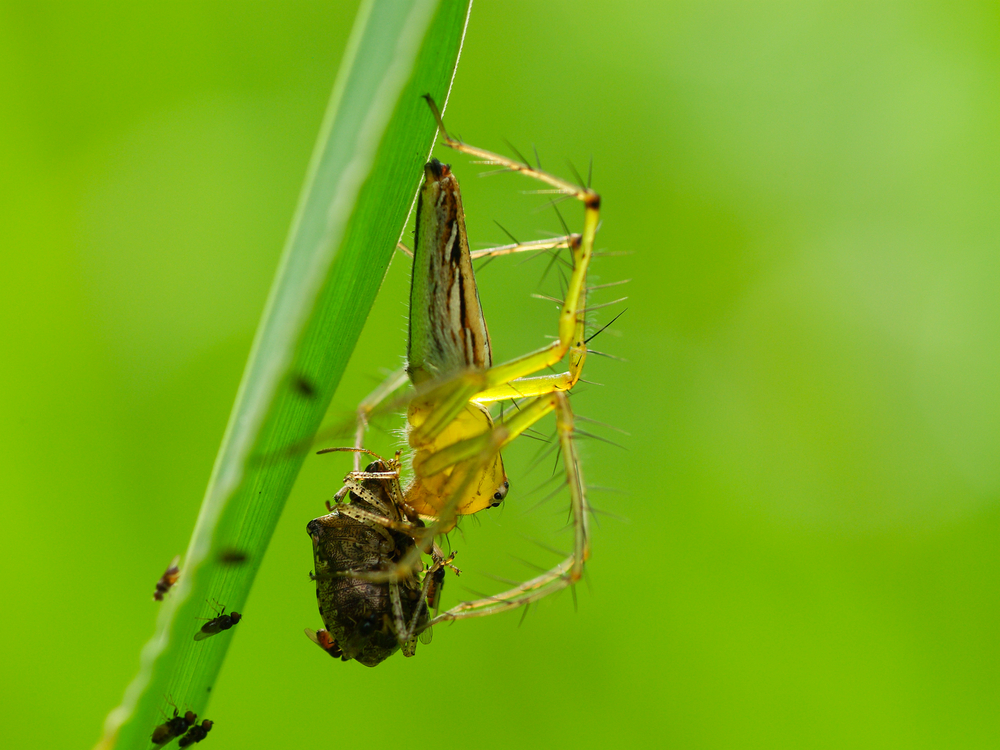
Similar to its brown recluse cousin, the Chilean recluse spider is one of the most venomous spiders in the world. Found in South America, its bite can cause severe necrosis, leading to long-lasting wounds or even systemic reactions like kidney failure. Known for its shy behavior, this spider hides in crevices, making accidental encounters all the more likely—and dangerous.
8. Indian Ornamental Tarantula
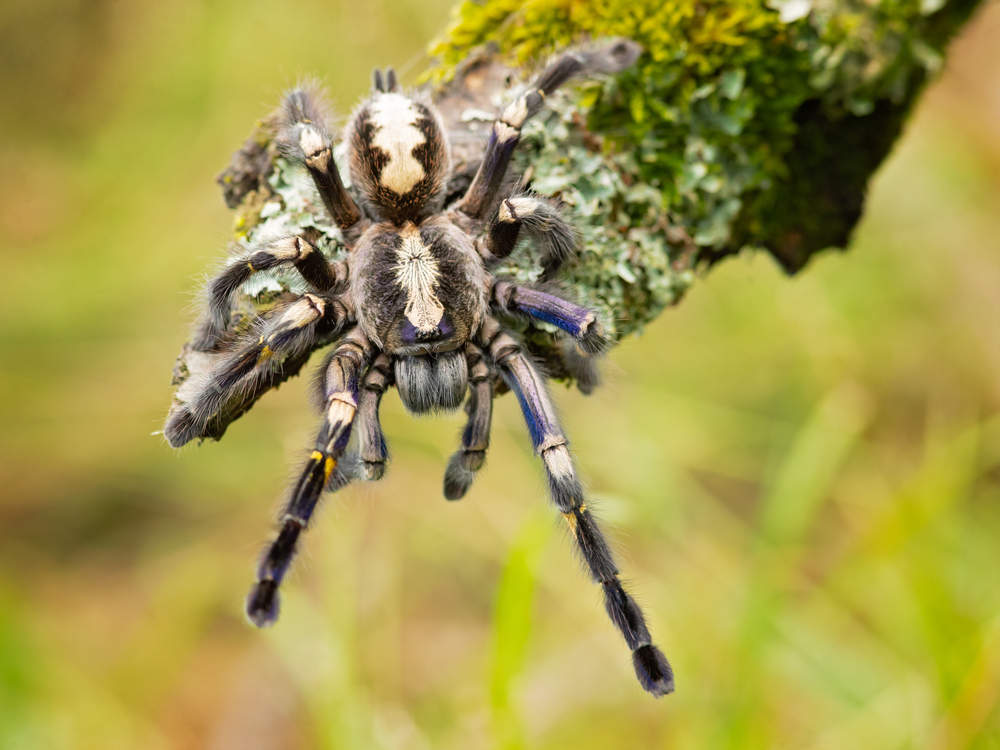
While tarantulas are often more intimidating than deadly, the Indian ornamental tarantula is an exception. Found in the forests of India, its venom isn’t typically lethal but can cause intense pain, muscle cramping, and extreme discomfort. Its striking patterns and large size make it a popular pet among spider enthusiasts, though handling one is not for the faint of heart.
9. Wolf Spider

Known for their speed and hunting prowess, wolf spiders are found worldwide and often wander into homes. Their venom isn’t typically deadly but can cause pain, swelling, and mild systemic reactions. While they’re not aggressive, their large size and sudden movements can leave anyone startled, making them a common source of spider anxiety.
10. Yellow Sac Spider
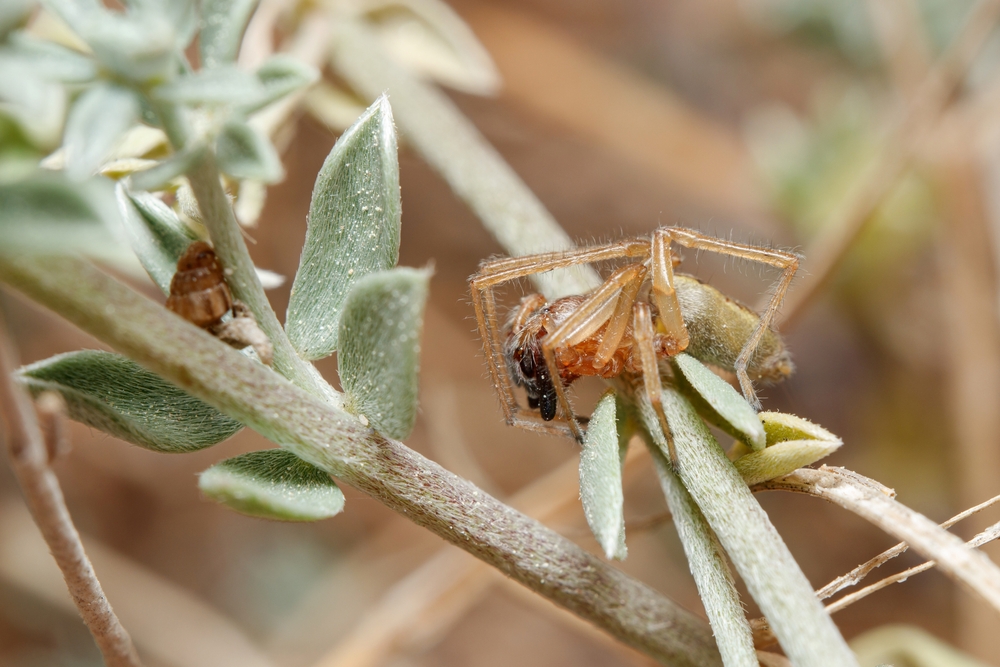
Yellow sac spiders, often found in homes, are responsible for more bites than most other species due to their proximity to humans. Their venom can cause necrotic wounds, though less severe than those of the brown recluse. These small, pale spiders are nocturnal hunters, often hiding in folds of curtains or clothing, making accidental bites a frequent occurrence.
11. Mouse Spider
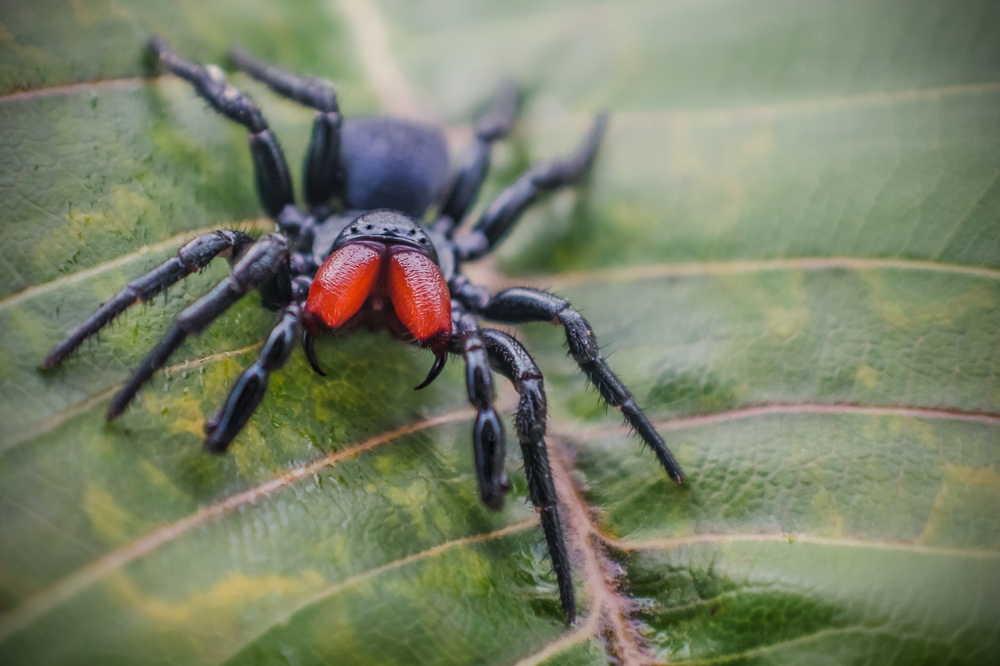
Native to Australia, the mouse spider is often mistaken for the Sydney funnel-web due to its similar appearance. While its venom is potent enough to cause serious harm, it’s less aggressive and rarely bites humans. However, a bite from this spider can still lead to symptoms like severe pain and muscle spasms, proving that even the less notorious spiders in Australia are nothing to mess with.
12.Mediterranean Black Widow
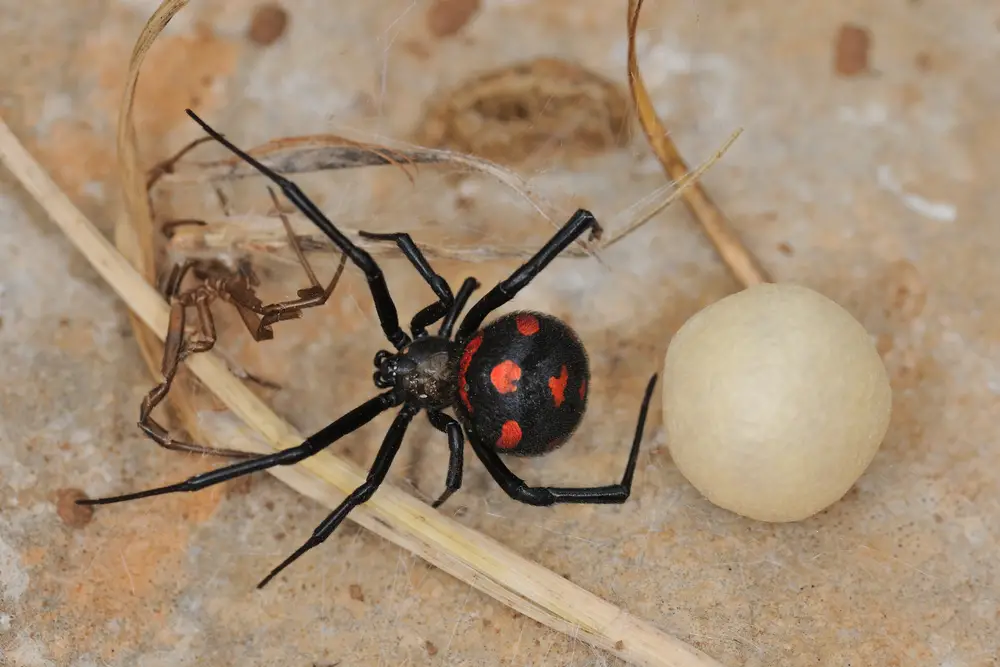
Similar to its American cousin, the Mediterranean black widow sports the same ominous hourglass marking. Found across southern Europe, its venom can cause latrodectism, a condition marked by intense pain, sweating, and cramping. Its bites are rare but tend to happen when humans accidentally disturb its web, making it a dangerous but avoidable arachnid.
13. Australian Huntsman Spider
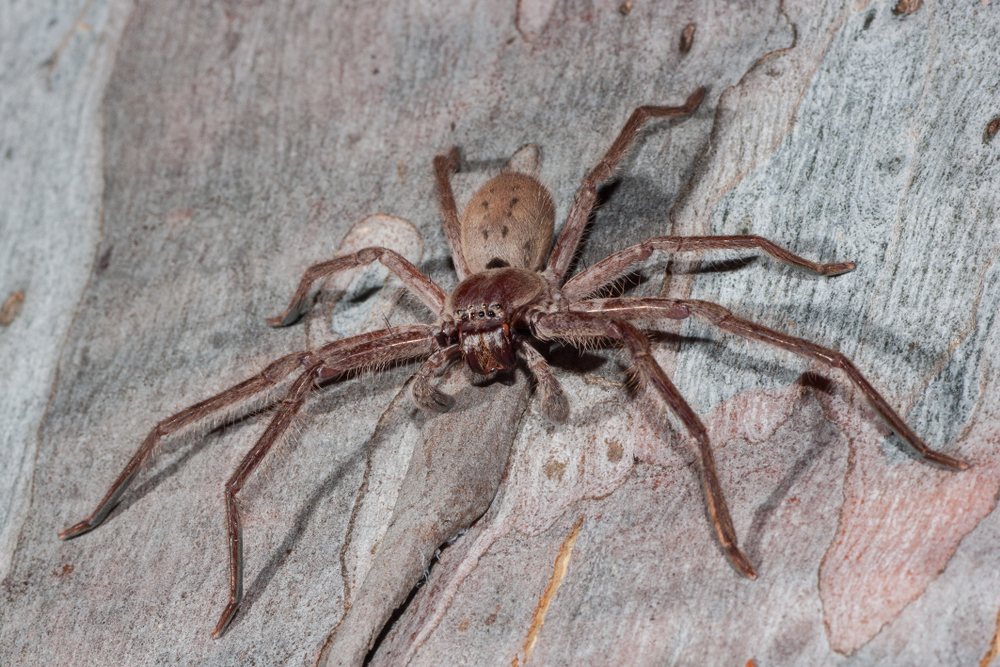
The huntsman spider is famous for its enormous size and lightning-fast movements. While its venom isn’t particularly potent, its intimidating presence and ability to leap make it a nightmare for arachnophobes. Found in Australia and parts of Asia, these spiders are often harmless to humans, but their bites can cause pain and swelling. Their size alone makes them a creature no one wants to encounter indoors.
14. Banana Spider (Golden Silk Orb-Weaver)
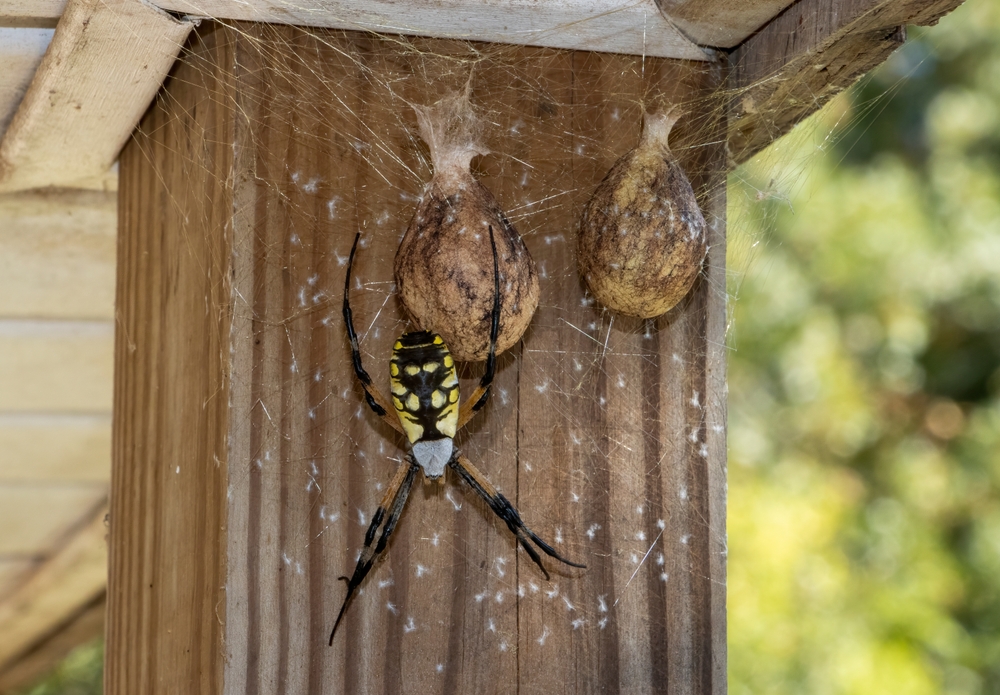
Known for their intricate golden webs, banana spiders are found in tropical and subtropical regions. While their venom isn’t lethal, it can cause localized pain, redness, and blistering. Their impressive size and bright coloration make them one of the most eye-catching spiders, but their venomous bite is a reminder not to get too close.
15. Trapdoor Spider

Trapdoor spiders are stealthy ambush predators that construct hidden burrows in the ground. Found in Australia and parts of Africa, their venom causes mild pain and swelling in humans but can be deadly to small prey. While not particularly aggressive, their sudden, lightning-fast attacks from their burrows are enough to leave anyone shaken.
16. Brown Widow Spider
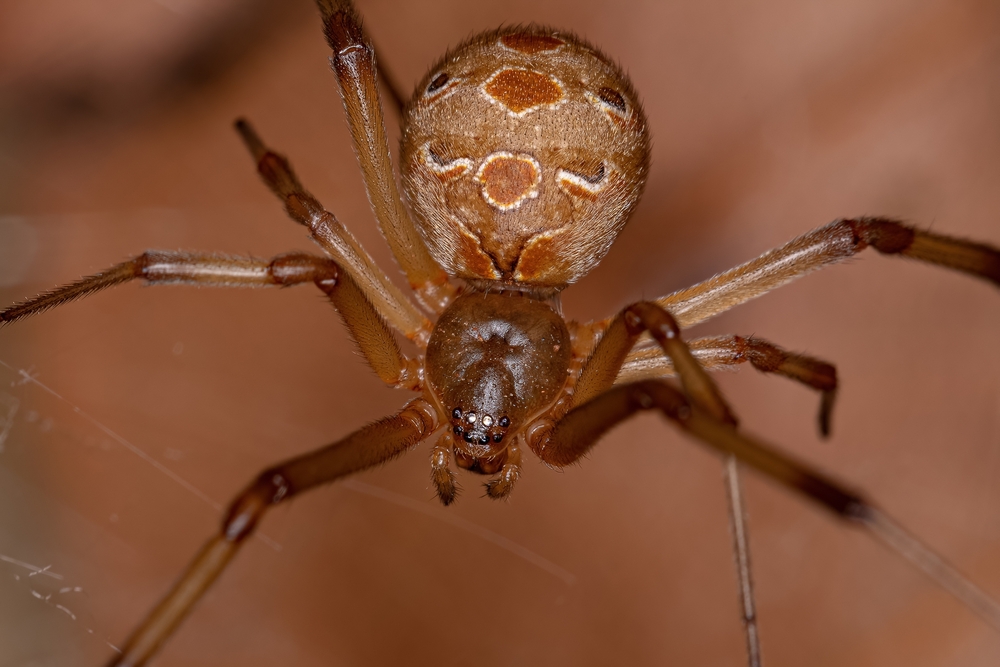
Often overshadowed by its more infamous cousin, the black widow, the brown widow is still a venomous force to be reckoned with. Found in warmer regions across the globe, its venom is less potent but can still cause intense pain, muscle cramps, and nausea. Its lighter coloring and orange hourglass marking set it apart, but its bite is a painful reminder of its widow heritage.
